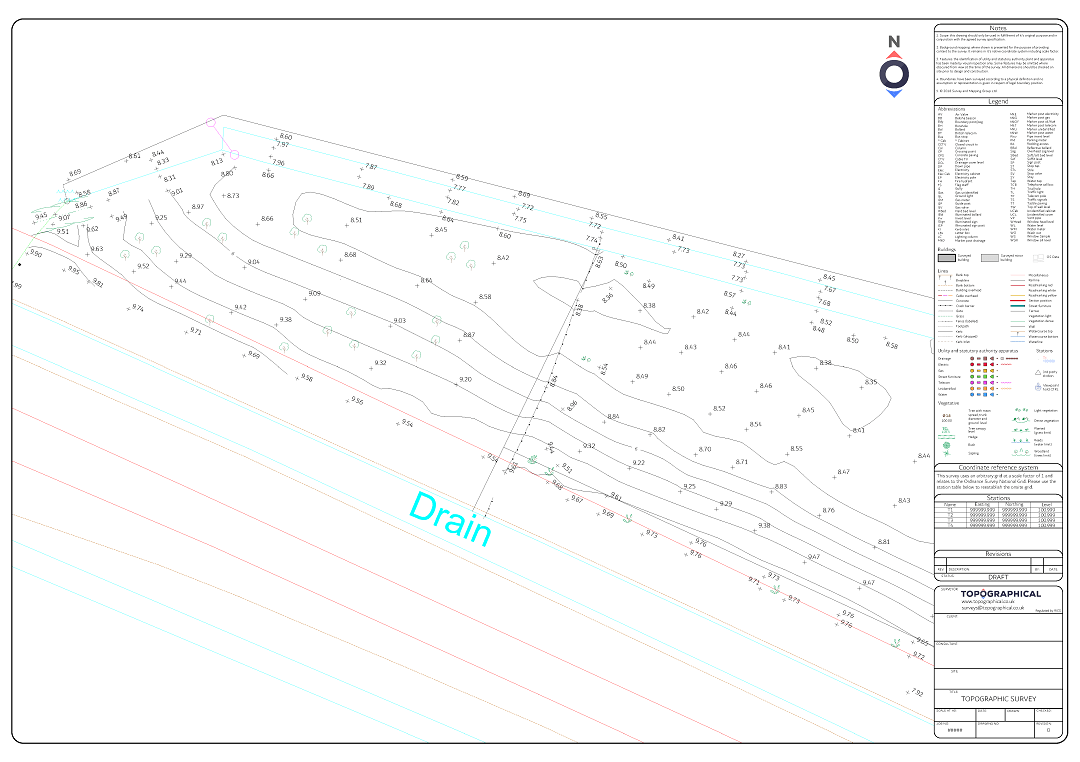Land Surveys: A True Estate Attorney's Special primer on the Types and Purposes


Law institution doesn't teach much about land surveys online, which leaves several aspiring real estate attorneys in some sort of quandary. Surveys often occupy the key of property dealings and disputes. Throughout fact, surveys will be central to THE MAJORITY OF real-estate matters, which include land conveyances, border disputes, and house development. Yet virtually all beginning attorneys lack even a basic being familiar with of the types of surveys. Despair not: this article provides a great summary of the varieties of surveys in addition to their intended uses.
DIFFERENT TYPES INVOLVING SURVEYS
Knowing the type and purpose of the survey can greatly increase the reader's understanding. This is definitely quite similar as searching out an airline window: the region a long way below can be incomprehensible unless you possess some idea of precisely what to expect.
There are roughly four overarching categories of research: 1) boundary, 2) plat, 3) topographic, and 4) construction. Each has its own purpose as follows:
1. Border. Boundary surveys present the location of lots without separating them into brand-new properties. The most common subcategory is a 'record of survey', which can be the variety found recorded with county auditor's offices. Other subcategories include 'right of way' (road boundaries), ALTA as well as ACSM (surveys for land title policies), riparian (water boundaries), and boundary series adjustment.
2. Plat. Plats depict the division of properties. That they essentially take a single property and divide it into two or more elements. For example, a plat might make a subdivision, or even a 'short plat' might create a new small subdivision. These types of types of research can also illustrate multiple properties which often coexist as a single lot-a condominium 'survey map in addition to plan. '
3. Topographic. https://surveyingserviceslondon.co.uk/best-topographic-surveys-london/ show the "contours" of the area. The standard and typical "contour" is switch in elevation, frequently draw as ranges representative of two foot rises or even drops. Other popular contours include properties, roads, utilities, waterways, and trees. As opposed to boundary surveys in addition to plats, topographic surveys typically do certainly not focus on lot outlines, though boundary outlines could be included regarding added perspective. A wetlands critical place survey is a new good example involving a topographic subcategory.
4. Construction. Because the name indicates, construction surveys satisfy construction site and even planning needs. That they thus often display roads, sewer traces, elevation changes, thunderstorm drain sections, strength lines, building dimensions, physical obstruction, in addition to any other features about which contractors should be aware. Consider them the particular survey equivalent to be able to a building's executive drawings.
Before interpreting any survey, first identify its sort and purpose. Your current clients will be glad with regard to it later.
